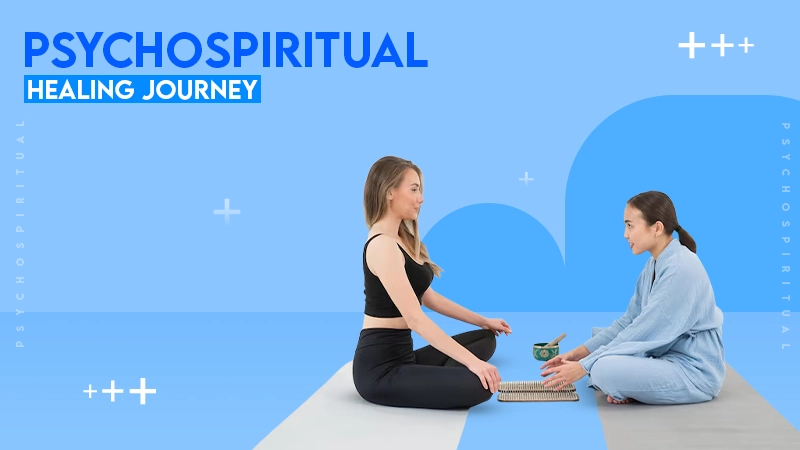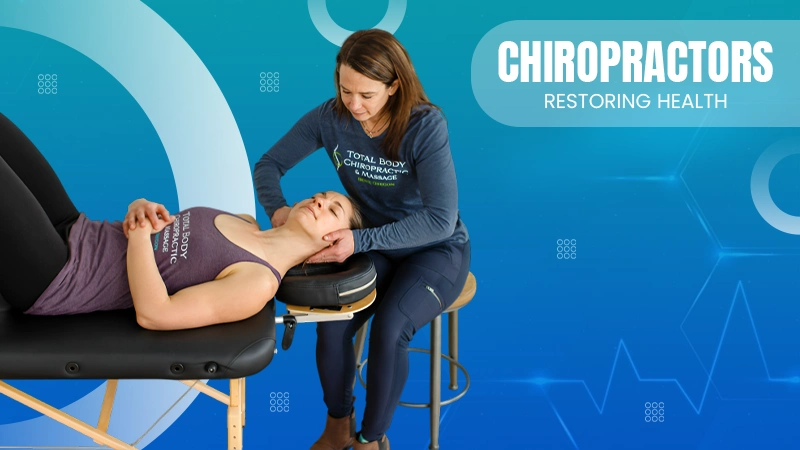
Posture, often dismissed as a minor detail of one’s appearance, plays a far more significant role in overall health than most realize. It’s not simply about standing tall or looking confident; posture influences how the body functions internally and externally. Every system—muscular, skeletal, nervous, and even respiratory—relies on correct alignment for optimal performance. Poor posture not only affects physical well-being but also has psychological and emotional repercussions. Despite its foundational role in daily health, posture remains one of the most neglected aspects of modern wellness.
In an age dominated by screens and sedentary routines, poor posture has silently crept into the fabric of daily life. Office jobs, prolonged phone use, and lack of ergonomic awareness contribute to spinal misalignments and muscular imbalances that, over time, lead to chronic discomfort, fatigue, and diminished performance.
Even in health-conscious communities like South Austin, where wellness trends are widely embraced, the basics of posture often receive far less attention than they deserve. What’s often brushed aside as a harmless slouch could be the start of a cascade of physical decline. Correcting posture, therefore, should be a proactive priority rather than a reactive measure after pain or injury sets in.
Understanding Structural Balance: The Role of Practitioners in Postural Correction
True postural correction requires more than occasional reminders to sit upright—it demands a trained eye to assess how structural imbalances affect movement, joint function, and overall health. Practitioners who specialize in biomechanics can detect patterns of misalignment that gradually lead to discomfort, reduced mobility, and even nerve interference.
Consult a chiropractor in South Austin if you live in the area and are experiencing symptoms that may stem from poor posture. These professionals are skilled in identifying the underlying causes of imbalance and tailoring treatment plans that may include spinal adjustments, targeted exercises, and soft tissue therapies. Their goal is not just to relieve pain but to restore symmetry, stability, and proper function across the body.
Over time, patients often notice improvements in balance, breathing, and energy levels as their posture is corrected. For many, such care reveals how chronic issues—like muscle tension, fatigue, or recurring headaches—are often rooted in misalignment that has quietly developed over the years.
The Hidden Physical Costs of Poor Posture
Posture has a profound impact on the body’s physical systems, especially when poor alignment becomes habitual. One of the most common outcomes of poor posture is chronic back and neck pain. These discomforts often originate from prolonged slouching or forward head posture, both of which place unnatural stress on spinal discs and muscles. Over time, this stress accelerates wear and tear, increases the risk of herniated discs, and contributes to conditions like sciatica.
The effects don’t stop at the back and neck. Poor posture can lead to joint dysfunction in the hips, knees, and even ankles. When the spine is out of alignment, the body compensates by shifting pressure to other areas, causing muscle strain and joint degradation. Furthermore, slouched posture compresses internal organs, restricting digestion and respiration. A collapsed chest can hinder lung expansion, leading to shallow breathing patterns that compromise oxygen intake and increase fatigue.
Psychological and Emotional Implications
Posture doesn’t only communicate physical health—it reflects emotional and psychological states as well. The link between posture and mental health is supported by research indicating that body positioning can influence mood, confidence, and stress levels. Upright posture has been associated with increased self-esteem, enhanced focus, and greater resilience under stress. Conversely, slouched posture is often correlated with depressive symptoms, low energy, and negative self-perception.
This relationship is not merely symbolic; it’s physiological. Slumping the body inward creates a closed-off position that can trigger the brain’s stress response. In contrast, upright and open posture encourages deeper breathing, which activates the parasympathetic nervous system, promoting calmness and relaxation. For individuals suffering from anxiety or low motivation, correcting posture can become part of a broader mental wellness strategy.
The Modern Postural Crisis
Modern life is an ergonomic nightmare. From slouched commuting positions to poorly designed workspaces, postural neglect has become the default state for many. Smartphones, in particular, have introduced a phenomenon known as “tech neck,” where individuals tilt their heads forward for extended periods while looking down. This position can place up to 60 pounds of pressure on the cervical spine—an immense burden for such a delicate structure.
Moreover, the sedentary nature of office work often encourages positions that promote muscular atrophy and spinal misalignment. Chairs without lumbar support, desks that are too high or low, and computer screens at the wrong angle all contribute to a gradual decline in postural integrity. While exercise is often recommended as a remedy, it’s only a partial solution if individuals return to poor posture for the majority of their day.
Building Better Postural Habits
Improving posture isn’t about sudden transformations but conscious, incremental adjustments. The first step is awareness—understanding what good posture looks and feels like. The body should be aligned in a way where the ears are over the shoulders, shoulders over hips, and hips over knees. This stacked alignment reduces unnecessary tension and promotes efficient movement.
Once awareness is established, habits must be developed. This includes setting reminders to stand or stretch during long periods of sitting, adjusting workstation ergonomics, and integrating postural exercises into daily routines. Strengthening the core, back, and shoulder muscles is essential for maintaining upright posture, while flexibility training helps counteract tightness from prolonged sitting.
Posture-friendly tools also play a role. Ergonomic chairs, standing desks, and lumbar cushions can provide the support necessary to encourage good alignment. However, these tools should complement—not replace—the need for active engagement with posture throughout the day.
Even during passive activities like watching television or scrolling on a phone, mindfulness of spinal positioning can prevent harmful habits from forming. Taking breaks to realign and move the body is a simple yet effective measure that accumulates significant long-term benefits.Posture is not a peripheral detail of health—it is central to how the body and mind function in tandem. From skeletal structure to emotional equilibrium, its influence is vast and deep. Elevating posture from an afterthought to a daily priority opens the door to profound and lasting well-being.








